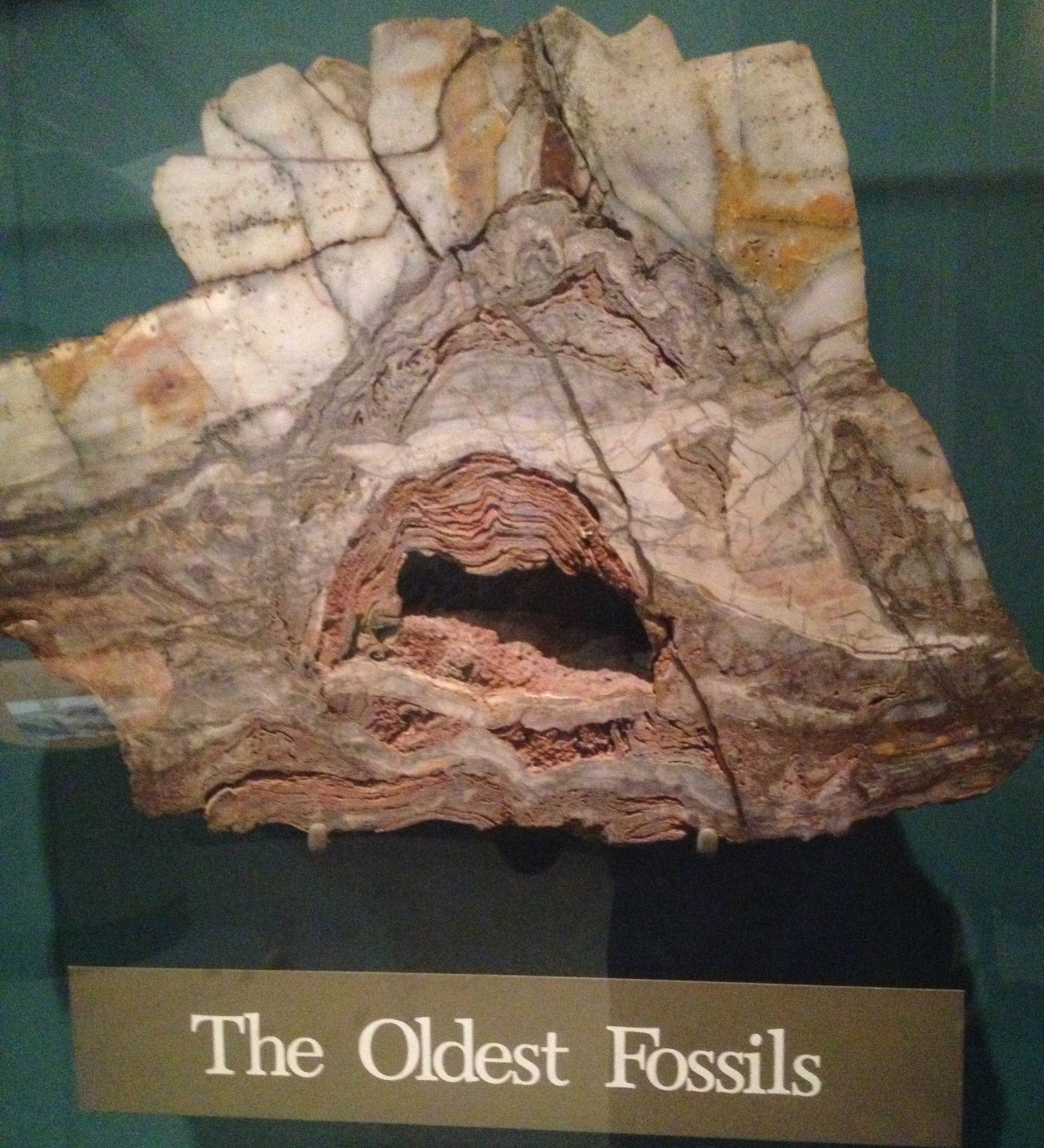How to Put Together the Best Science Field Trip
Field trips aren’t just fun; they are also educational! Field trips give kids opportunities for hands-on learning, allow for new experiences, and lead to a better understanding of topics. By taking science field trips, kids can experience things that expense and expertise put out of most people’s reach. By following a few simple tips, you can ensure the science field trips this year are the best ever.
When planning what your children will study in science during the coming year, start thinking of when and where field trips would make sense. Include these in your overall homeschool plan for the year. Field trips are meaningful academic endeavors and deserve to be treated as such. Spend some time on homeschool group pages, YELP, and TripAdvisor asking about and investigating potential places to visit. It helps to be fairly specific about what you are studying and what you hope to see. That way it is easier to decide if the visit will add much to your academics.
Think outside the box. If you are studying geology, for example, a field trip to a Natural History Museum is a great idea. When studying the rock cycle, a hike where you identify types of rock and gain knowledge about the geological processes that occurred where you live can be even more educational. If studying chemistry, visit a fireworks display after researching what compounds are used to make each color. Studying biology this year? Call your local hospital and see if they give guided tours. With some ingenuity and research you will be able to use field trips as a way of focusing on those areas of science you want to highlight.
Once you find a place to visit, it is a good idea to call to get information about some of the logistics. Find out if there is a best time and date. You are a homeschooler, so you can tailor your trip so that it doesn’t coincide with those times that are busiest. Make sure and ask about special exhibits, tours, and any field workers or researchers available for questions. If there is anything in particular you want to see, make sure and ask if it is going to be available. Once, on a trip to Vienna, I was very excited about seeing the Darwin exhibit at their museum. I did not see it however, because the only full day we had in Vienna was the one day the museum was closed. Too bad I didn’t check their hours of operation ahead of time. We could have scheduled things differently. Many institutions have reduced or no cost for educational field trips for public schools. It is a good idea to ask if they will pass those savings on to you. I once received a discount for our homeschooling group at a planetarium by scheduling to come at the same time a public school class was attending.
Take the time to front-load, pre-teach, some of the science information. All learners, including parents, get much more out of field trips if they know something about what they are seeing. Think of the times you have gone to an event with someone who is passionate about the subject. She might be an expert, but she enjoys herself immensely, often more than any of the non-experts. Have you ever noticed how those experts almost always make connections from things they see? What is known about a subject gives a person “hooks” to hang information from and improves the overall learning experience. At a minimum, kids should be familiar with the general vocabulary and core concepts you want to focus on when you plan the field trip.
On the day of the field trip go, enjoy, and immerse. Take the time to walk through, investigate, and explore. Save the quiz and the questions for the next day or on the way home. If you think there is something worth highlighting, though, make sure and do that. Just remember, different people absorb this sort of experiential learning differently and at different rates. A tactile learner may not seem to get as much out of a field trip as a person who learns through talking about what they see, when in fact it is just two different ways of accessing and processing information as a person gains ownership of it. When you do discuss it, be thoughtful about what you saw and continue to bring elements that make connections into your science classes throughout the year. This helps what is learned during the field trip stay pertinent and memorable.
If you are lucky, the field trip might even spark a new interest. I know for homeschoolers this is a double-edged sword as you try to cover all the course material. But in science, these sorts of interests are where most scientists come from. One of the nice things about a field trip that has been paired with the course you are studying is that even the rabbit holes relate to what you are studying. Field trips are something most homeschoolers go on without much prompting. By using the few simple tips above, those field trips can be even better than ever.
Check out our review of Math and Magic in Wonderland here.

















